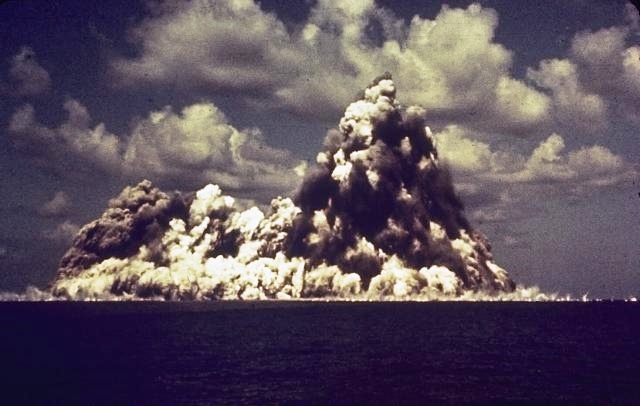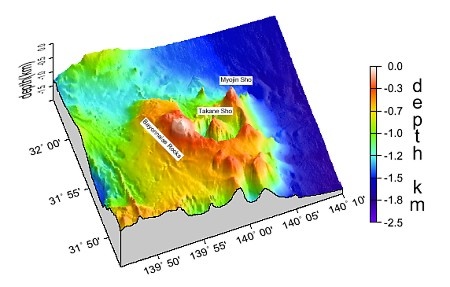On November 14, 2017, Japanese Coast Guards reported for the first time since July 11th a surface discoloration and air bubbles rising over the underwater volcano Bayonnaise Rocks situated in the Izu archipelago, south of Aogashima, Japan. Its largest underwater eruption this year was recorded in March 2017.

An explosive underwater eruption of Bayonnaise rocks destroyed a Japanese research vessel and its 31 crew members in 1952.

Since then an operation has been launched to determine the shape and morphology of this sometimes dangerous submarine volcano.

Bayonnaise rocks is made up of several basaltic volcanic cones, whose peaks are only 9.9 meters higher than the sea level. Their formation dates back 200,000 ± 20,000 years, before the formation of the 10 by 7 km caldera, also known as called Takane-Sho, which separates them from Myōjin-shō, a solitary cone located less than 50 meters under the water.











